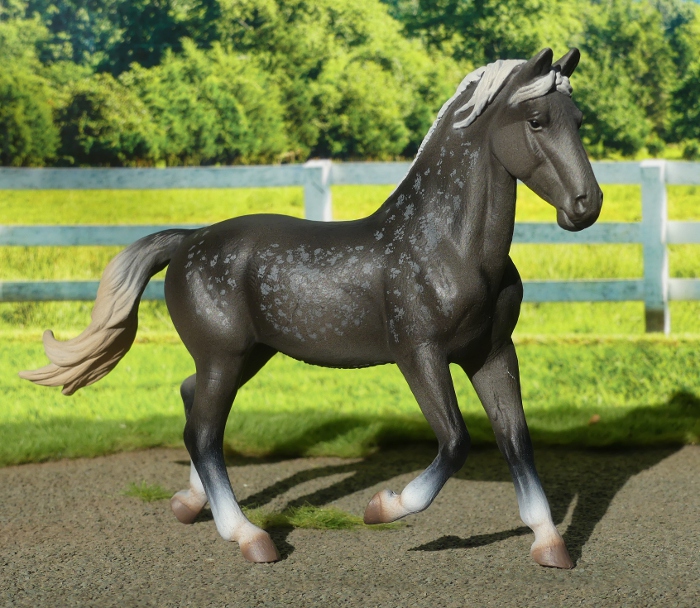
Review and images by Harecraft Horses; edited by bmathison1972
Much better known as the Orlov Trotter, named after their developer Count Alexei Orlov, this is a famous breed but not a common one outside its native homeland, and it’s fairly rare to see in model form, too. With nothing yet from Breyer, the market leader in the model horse world, we have to turn to the more toy-type brands : Mojo Fun have released their Orlov Trotter sculpt in two different shades of grey, and now CollectA bring us a brand new one.
Read more
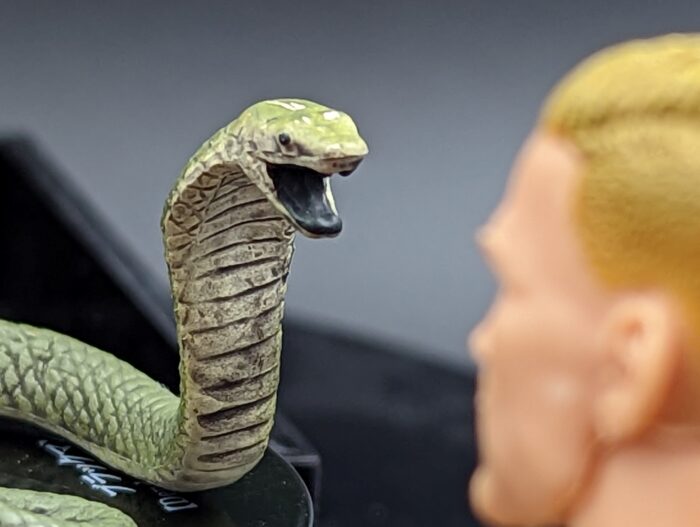
I’m a little late to the Hallowe’en party this year…but better late than never. And in that spirit, here’s a set of animals that, if you mess with them, ‘late’ could be your proper adjective. Animals that as a group tend to create a visceral if generally unnecessary fear and loathing, even though most are harmless.
Read more

Review and images by Saarlooswolfhound; edited by bmathison1972
Another trip along the holiday trail, a hell hound has arrived on the scene for presentation… Not truly, instead, I have a very precious Kaiyodo Asahiyama Exclusive black phase wolf model. Reused from the Choco Q Animatales model #239 from series 11, the mold itself is precisely the same besides a color change.
Read more
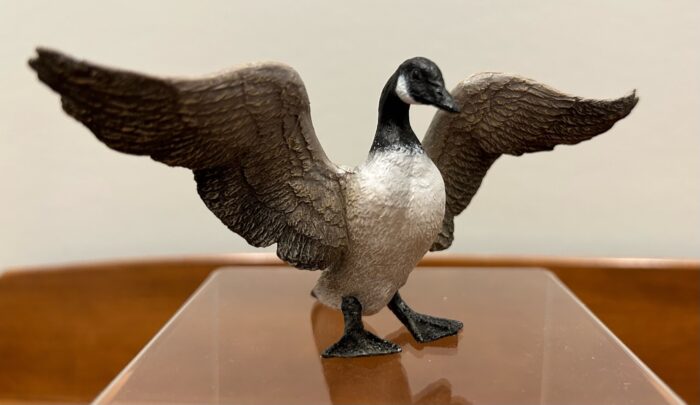
Review and images by Suspsy; edited by bmathison1972
If you had to name the most fearless and ferocious bird in the world, which one would you choose? The great horned owl, which regularly preys on hawks and other owls larger than itself? The harpy eagle, which boasts the biggest talons of any bird of prey and can carry off a 15-pound sloth?
Read more
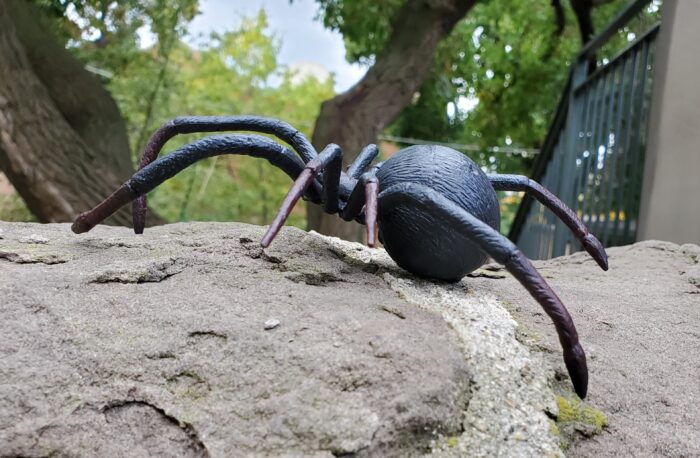
So for my Halloween blog review, which I regret is my only one this year, I will be covering the Smithsonian Insects black widow (Latrodectus mactans) by Safari Ltd., originally produced back in 1998. One of my Halloween reviews last year was also L. mactans, but a novelty toy specifically sold as Halloween decor.
Read more
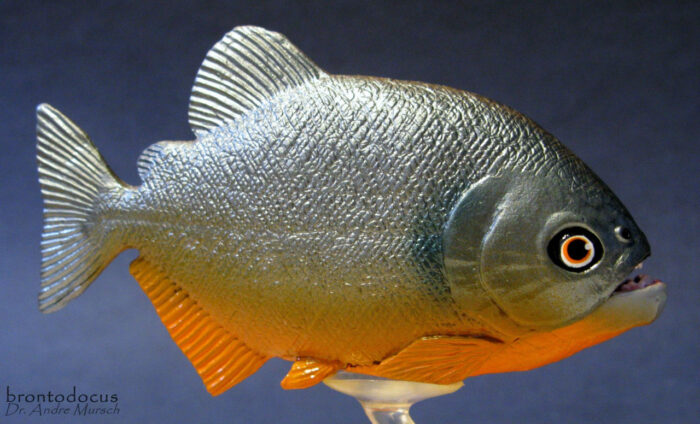
This is a walk-around of the 2014 Safari Ltd Incredible Creatures piranha, Pygocentrus sp. Total length (TL, i.e., including caudal fin) is 120 mm and standard length (SL, i.e., without caudal fin) is 107 mm. The figure shows characteristic traits of both the red piranha, Pygocentrus nattereri Kner, 1858 and San Francisco piranha, Pygocentrus piraya (Cuvier, 1819), e.g., the reddish eyes are more typical for P.
Read more
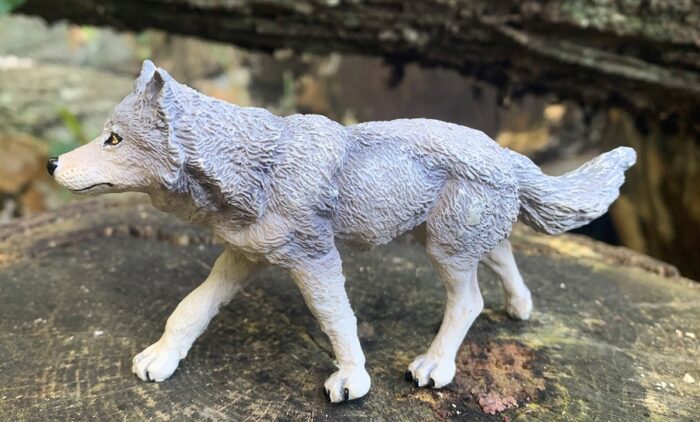
Rounding out my spooky animal reviews for October it’s time to look at one of the many renditions of the gray wolf (Canis lupis), an animal whose history is intricately woven into our own like few other animals. For much of human history, the wolf would have been a competitor and potential predator of humans.
Read more
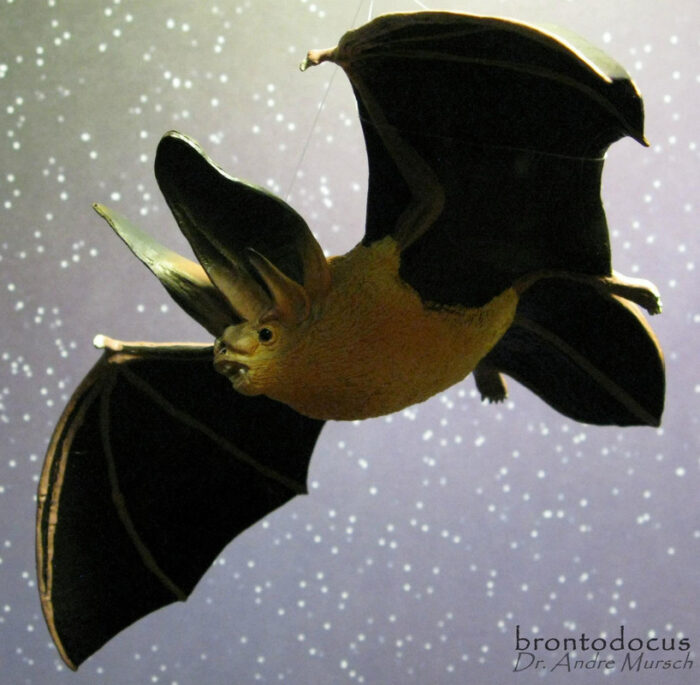
Walk-around of the Safari Ltd. Incredible Creatures Townsend’s big-eared bat, Corynorhinus (Plecotus) townsendii Cooper, 1837, originally released in 2013. Really, I could not think of a better bat replica! Snout-vent length is approx. 90 mm plus 45 mm tail, wingspan measures approx. 275 mm in direct line but would stretch out to approx.
Read more
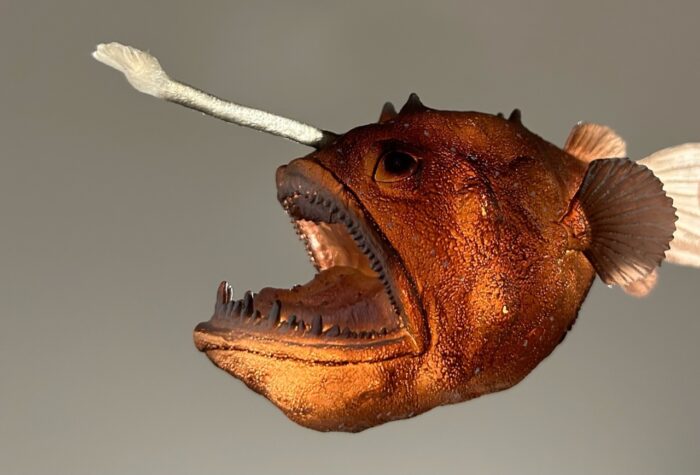
Review and images by Suspsy; edited by bmathison1972
No other sea creatures are associated as much with the darkest depths than anglerfish. These predatory fish come in a wide variety of shapes and sizes but can all be identified by their bioluminescent appendages and enormous mouths lined with frightful fangs! I’ve been a fan of anglerfish since first reading about them as a child and thus I find it perplexing how they seldom seem to show up in toy form.
Read more
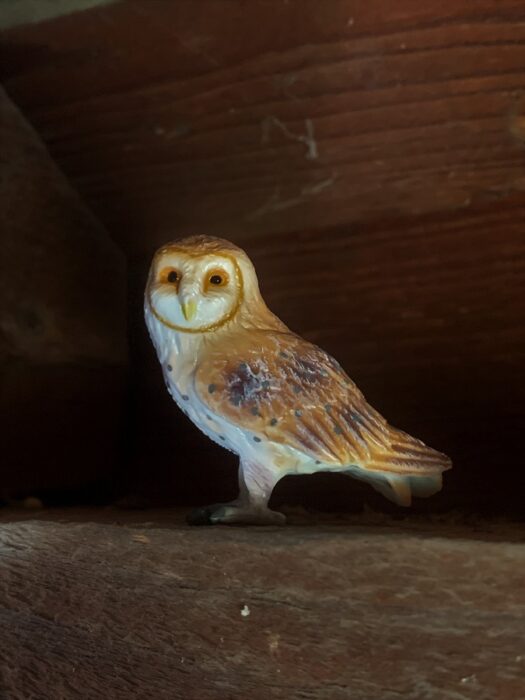
The barn owl (Tyto alba) is one of the most widely distributed birds in the world, and the most widely distributed owl species, living on every continent except Antarctica. As such, it features prominently in many different myths and legends around the world. Going by ominous names such as ghost owl, death owl, and demon owl you can get an idea of how the barn owl typically figures into local beliefs, making it the perfect animal to review this Halloween season.
Read more
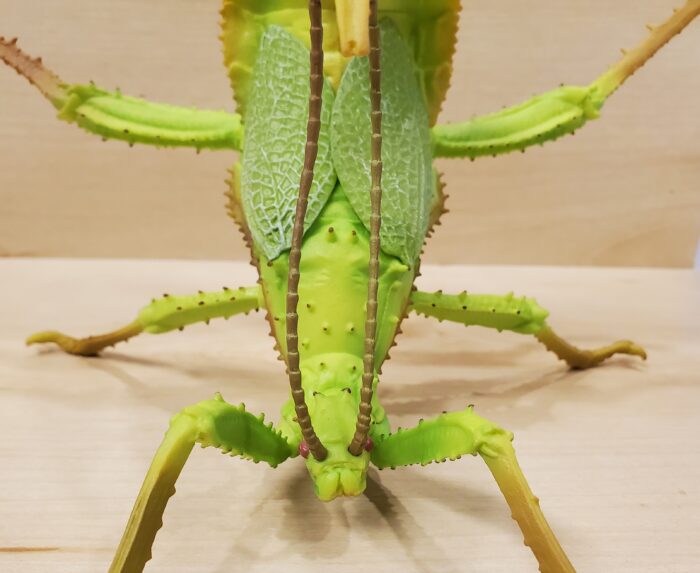
The Malayan jungle nymph (Heteropteryx dilatata) is a large phasmid (stick insect) endemic to the Malay Peninsula in Thailand, Singapore, Sumatra, and Borneo. It is sexually dimorphic, with the smaller males being 9-13 cm long and the larger females 14-17 cm long, with reports of some females reaching 25 cm in length.
Read more
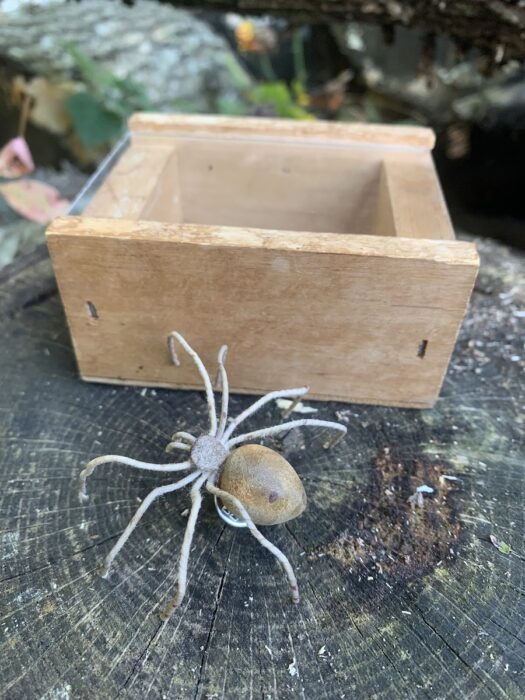
Today’s review is significant in a couple of ways. For one, it’s October, which means it is now spooky season on the blog. A time to focus our reviews on the creepy critters usually associated with Halloween. It also just so happens to be my 100th review. Coming up with a sentimental or special figure to review, that also ties in with our seasonal theme, seemed like such an impossible task that I almost gave up on it.
Read more















